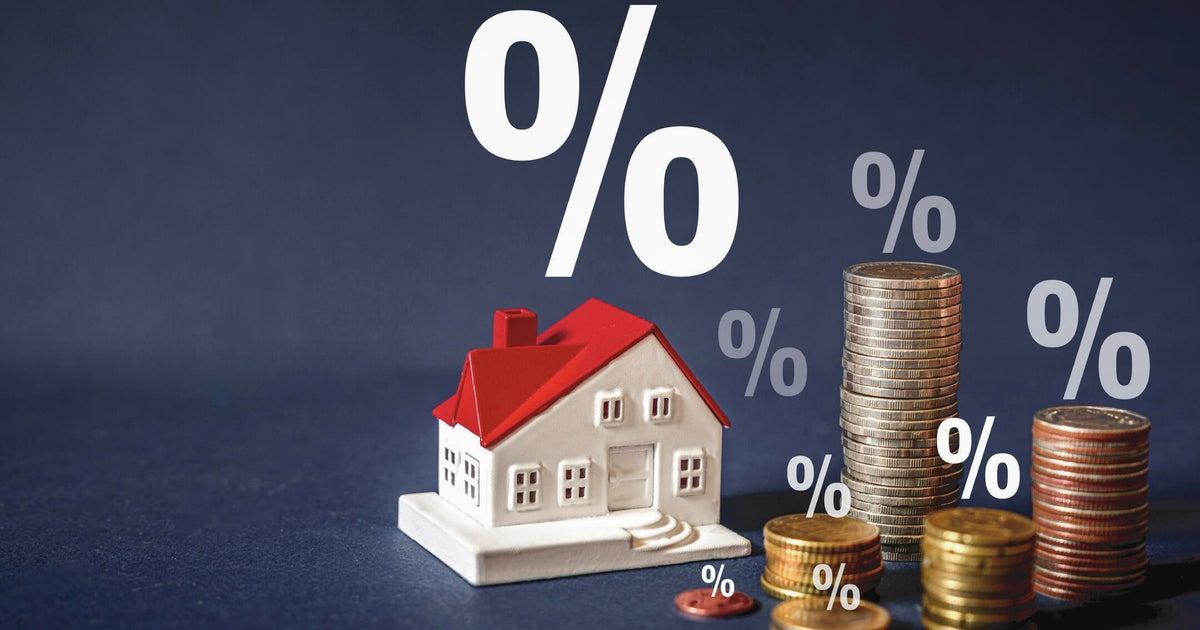Need a new car, but still owe more on yours than it's worth?
Upside-down. Underwater. Negative equity. In the auto industry, they all mean the same thing: You still owe more on your auto loan than your car is worth. Sounds like a spot few would want to be in. Yet a new study from Edmunds.com finds that so far this year, 32 percent of trade-ins for new cars involved negative equity.
In such a case, the dealership rolls the amount still owed on the old loan into the new loan, and you wind up with higher monthly payments that cover both amounts. “It is curious to see how many of today’s car shoppers are undeterred by how much they owe on their trade-ins,” said Edmunds senior analyst Ivan Drury. The 32 percent of underwater trade-ins is a record high, as is the average amount those owners still owed -- $4,832.
But personal finance experts caution against serial underwater trade-ins. “It can become an endless cycle,” said Greg McBride, chief financial analyst at Bankrate.com. McBride advises making sure that all automotive expenses -- including not only loan payments but insurance, fuel and maintenance -- don’t exceed 15 percent of your gross income.
However, let’s say you find yourself in the situation of wanting or needing to trade in your current car. Maybe with a growing family, you need an SUV instead of a sedan. Or a new job involves a lot of driving, and you want a car with better gas mileage.
If you’re thinking about an underwater trade-in, consider these possibilities:
Keep your current car. This is the most economically sound option. For instance, the savings from a new car with better gas mileage is unlikely to offset the higher monthly payments you would face. Ideally, hold on to your car at least until you reach the break-even point -- where the trade-in value equals the remaining payoff on your loan.
Keep the new vehicle’s price down. If you have a growing family and really do need the space of an SUV, find the lowest-priced one that fits your needs. For instance, the compact Ford Escape SUV (starting at $23,600) might work for you instead of the midsize Ford Explorer (starting at $31,660). Financing a lower-price new vehicle would limit the increase in your monthly payments after the balance of the old loan is rolled into the new one.
Look for rebates. If the balance on your old loan isn’t too large, you might be able to pay it off with a rebate being offered on a new car. Edmunds senior consumer advice editor Phillip Reed gives this example: If you still owe $1,500 on your old loan and find a vehicle being promoted with a $2,500 rebate, you could pay off the old loan and still use $1,000 as a down payment on the new car.
Consider leasing. If you like having a new car frequently, maybe a lease makes more sense. Edmunds points out that the average new-car payment in the third quarter of this year was $505 -- $77 more than the average lease payment of $428 a month.
Dealers will roll negative equity on your old loan into the new lease, but you’ll be better off paying off the old loan if you can and starting fresh with a lease. Of course, then you won’t have a vehicle to trade in at the end of the lease -- typically three years.
If you still prefer to buy but want to avoid an upside-down situation, make a sizable down payment on your next car. Bankrate’s Greg McBride advised putting down 20 percent of the purchase price if you can.
McBride also offered a scenario to completely avoid the issue of negative equity: Keep the car until the loan is completely paid off. “Life without car payments is wonderful,” he said.





